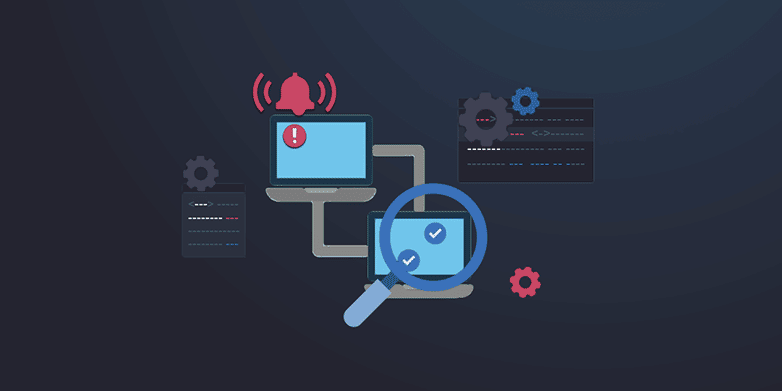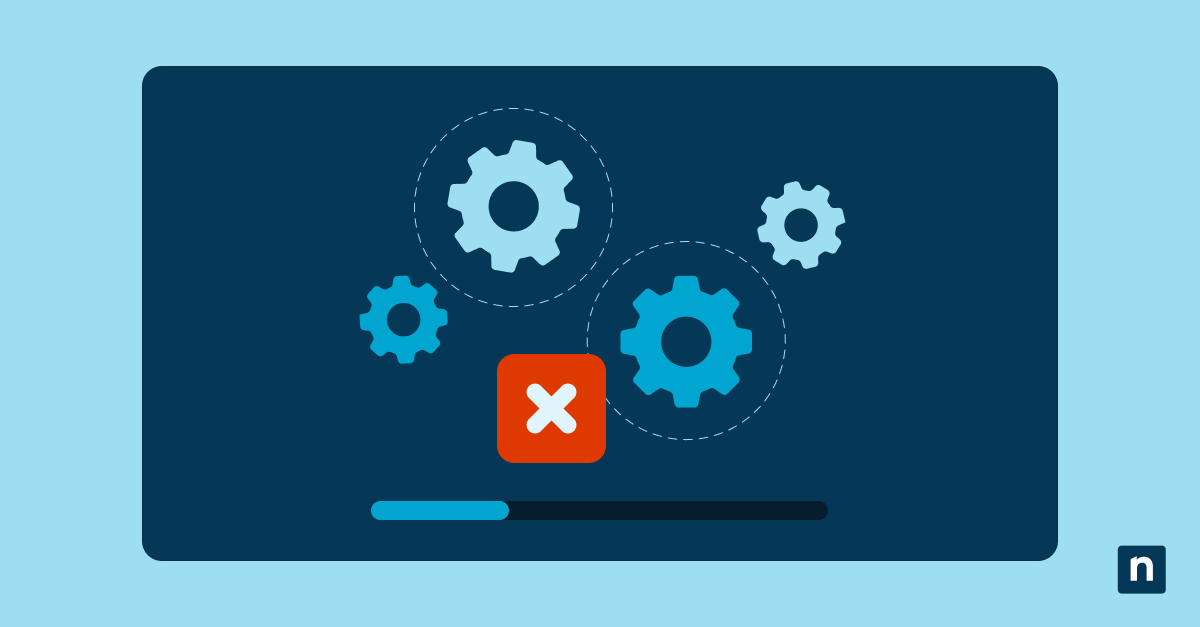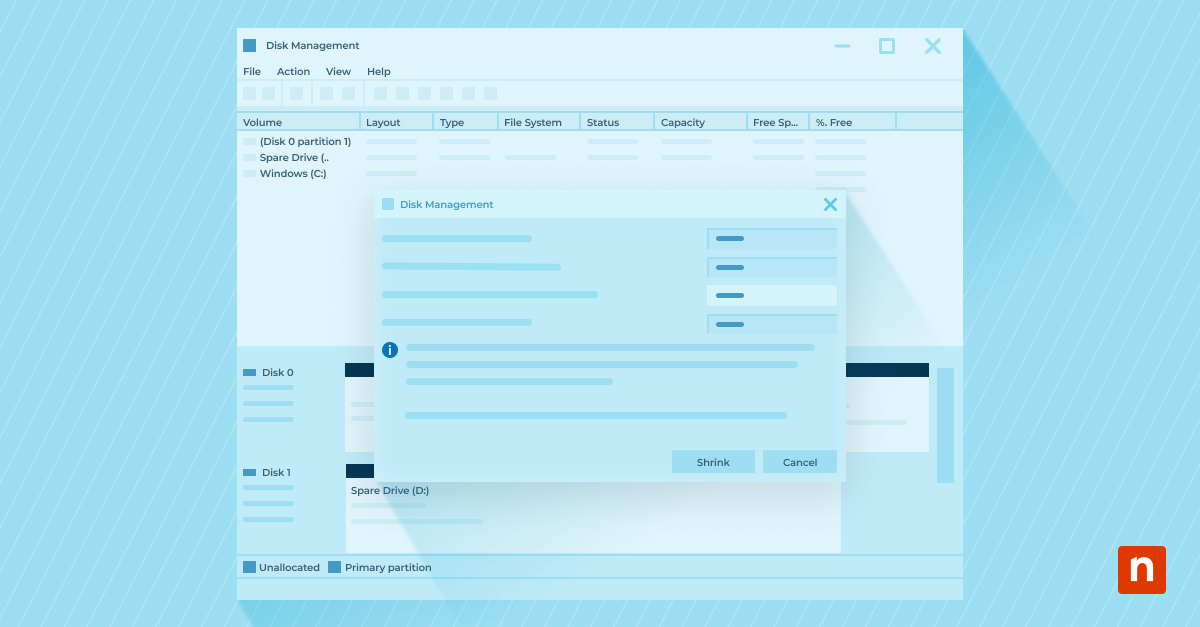There are a variety of modern and legacy technology solutions that businesses can use in their IT environments. WSUS and SCCM are two different legacy products by Microsoft that are used for IT management. They each have unique capabilities that serve endpoints and ensure they are in optimal condition.
Read on to learn more about the roles of SCCM vs WSUS in an IT environment.
What is WSUS?
WSUS stands for Windows Server Update Services. It is a default role available to install on the Windows Server Operating system, and WSUS is free to use.
The purpose of WSUS is to distribute patches and updates to endpoints. It uses push-style patching to place these on devices with only Windows OS and Microsoft software, so any available patches are initiated by the server and deployed to the endpoints.
There is no way for WSUS to determine whether the endpoints require or are missing any particular patches. The IT admin is responsible for determining which patches are deployed to the endpoints. WSUS allows you to choose what gets updated and when it receives the update.
WSUS previously required an on-premises server and network, which means that it needed ongoing service and maintenance to ensure the infrastructure was sufficient. Now, WSUS can be deployed on the cloud through Microsoft Azure.
What is SCCM?
System Center Configuration Manager (SCCM), which is now included in the Microsoft Endpoint Configuration Manager (MECM), is a Windows product used for endpoint management. It is part of M365, and it requires payment to use.
SCCM enables effective management of endpoints within the organization. This is accomplished through features such as health monitoring, remote access, OS deployment, endpoint discovery and protection, and reporting.
SCCM extends the value of WSUS. SCCM sits on top of WSUS to enable management of devices, while WSUS is on the base and is used for patching of devices. SCCM adds automation and reporting, basic macOS software deployment, off-network management capabilities, and allows for plug-in addons for third party patching
Like WSUS, it can also be cloud-hosted with Microsoft Azure.
SCCM vs WSUS
When choosing whether to use the WSUS default or pay for the additional features SCCM offers, think about your organization’s size, budget, and needs within its IT environment.
Below is a list of the main features to consider when considering SCCM vs WSUS:
WSUS
- Requires on-premises server and network
- Ongoing server configuration and maintenance
- Windows OS & Microsoft Application Patching
- Push-style patching
- Software deployment
SCCM
- Requires on-premises server and network
- Ongoing server configuration and maintenance
- Off-network management (cloud-hosted by Azure)
- Windows OS & 3rd party patching
- Mac OS patching (via addons)
- IT asset inventory
- Software deployment
- System health and performance monitoring
- Custom notifications and alerts
- Remote control
How to choose between SCCM vs WSUS
SCCM and WSUS are two tools that fulfill different tasks, but they can provide a valuable solution when used together.
WSUS is ideal if you are looking for a basic Windows solution to patch your devices. It is also a free default that comes with the Windows operating system, so there is no extra cost required to obtain it.
SCCM (now MECM) adds value to the WSUS product with the addition of features like remote control of devices and active monitoring. It relies on WSUS to run as a foundation and execute necessary patching, and provides extended features for Windows and Mac users.
IT management with NinjaOne
Vanson Bourne found that 9 out of 10 decision makers in the IT space feel that legacy solutions are preventing their business from growing and reaching its potential. SCCM and WSUS are both considered legacy products, which means they might not allow for as much growth in your business.
NinjaOne is a modern IT management solution that is 100% cloud-based. It provides patch management that utilizes pull-patching, which enables more control and granularity with individual device patches. Endpoint management is another available NinjaOne product that enables straightforward and intuitive management of all your devices.
These products and more are all available to use from a single pane of glass. Sign up for a free trial today.








